The Hodgkin lymphoma, also as Hodgkin's disease or Lymph gland cancer is a malignant cancer of the lymphatic system. The disease was named after its discoverer, Thomas Hodgkin.
What is Hodgkin's Disease?
.jpg)
In short means Hodgkin lymphoma Lymph gland cancer. Although the disease is malignant, the chances of recovery are very good at an average of 90 percent.
Hodgkin's disease is very rare: out of 100,000 people, on average only 2 to 3 mostly young people fall ill each year. Hodgkin's lymphoma can occur at any age, but there is a certain frequency in the third and seventh decades of life.
Children usually get sick between the ages of 10 and 14 years. Hodgkin lymphoma affects more men than women.
causes
The specific causes of the Hodgkin lymphoma are not known. However, it is believed that the Epstein-Barr virus (EBV) favors an outbreak of the disease.
This virus causes Pfeiffer's glandular fever, which is particularly common in childhood. Patients who have already suffered from this lymph gland disease, which is accompanied by a fever, later develop Hodgkin lymphoma significantly more often than healthy people.
In addition, EBV viruses have already been detected in the Hodgkin and Sternberg-Reed cells typical of Hodgkin's disease.
However, the fact that the vast majority of the population is infected with EBV viruses without ever developing Hodgkin's lymphoma speaks against this thesis. Accordingly, other causes must also play a role.
Symptoms, ailments & signs
Hodgkin's disease is characterized by painless lymph node swellings at the beginning. The lymph nodes in the neck area in particular are enlarged. However, enlarged lymph nodes are also observed in the groin, chest, abdomen and armpits. Under certain circumstances, they can lead to chronic dry cough in the chest cavity.
It is also typical that the swellings are permanent and that new ones are always added. Usually these do not cause pain. However, in rare cases alcohol consumption can lead to so-called alcohol pain of the lymph nodes. This is an almost certain sign of Hodgkin's lymphoma.
If B symptoms occur, the prognosis for the disease worsens. The B symptoms are characterized by the additional occurrence of fever, night sweats and rapid weight loss of up to ten percent body weight in six months. Furthermore, around 30 percent of those affected also suffer from unspecific symptoms.
These can manifest themselves as chronic fatigue, decreased performance, general weakness and itching all over the body. As the disease progresses, other organs are gradually affected. The spleen and liver can enlarge enormously, causing pain in the left and right upper abdomen, abdominal swelling and indigestion.
In the advanced stages of the disease, disturbances of the nervous, hormonal and immune systems can occur, as well as infestation of the lungs, skeleton or brain with the appearance of a multitude of symptoms. If left untreated, Hodgkin's lymphoma is fatal. However, as part of cancer therapy, the chances of a complete cure are very good.
Diagnosis & course
In case of illness with Hodgkin's disease Initially the lymph glands swell, especially in the neck, armpits and chest area. Pain is not yet associated with it. So-called B symptoms (secondary disease characteristics) are exhaustion, fatigue, an inexplicable weight loss of more than 10 percent within 6 months, fever, night sweats and a drop in performance.
In most cases - around 70 percent of those affected - the lymph nodes in the neck swell. In a third of the patients the swelling appeared for the first time behind the breastbone. In this case, irritating cough and chest pain are added to the B symptoms. Organs of the abdominal area can also be affected by Hodgkin's lymphoma.
A feeling of pressure or pain in the upper and lower abdomen as well as unexplained diarrhea could indicate this type of cancer.An atypical accumulation of viral and fungal infections caused by bacteria is sometimes an indication of Hodgkin's disease. If left untreated, Hodgkin's lymphoma is always fatal.
Complications
Hodgkin's disease leads to a reduced life expectancy for the patient. Since this is a tumor, in the worst case it can also spread to other regions of the body and thus also lead to the death of the patient. Those affected mainly suffer from fever and night sweats.
Furthermore, there is a greatly reduced resilience, which is the basis of a general weakness. Those affected feel exhausted and tired and therefore no longer actively participate in life. Weight loss is also not uncommon. Furthermore, the patients suffer from coughs and itching, which can occur in different parts of the body. Diarrhea and pain in the abdomen can also occur.
The treatment of Hodgkin's disease is surgical intervention. There are usually no complications. In many cases, those affected are dependent on radiation or chemotherapy even after treatment. It is not uncommon for the cancer to recur and require treatment. The patients are therefore usually dependent on regular examinations.
When should you go to the doctor?
Persistent swelling of the lymph or noticeably frequent irregularities of the lymph should be presented to a doctor. If the swelling increases in size or intensity, a doctor will be needed. If the swelling spreads further in the organism or if mobility is impaired as a result, there is cause for concern and a doctor's visit is advisable. Enlargement of the lymph in the area of the groin, armpits, chest or abdomen should be examined and clarified. If there are any unusual swellings on the body, a medical examination is also advisable. The disease is characterized by freedom from pain, despite the visual changes.
If a dry cough develops, if there is a feeling of tightness or difficulty swallowing, a doctor should be consulted. If the swelling continues unabated for several weeks, this is a warning from the organism and must be examined. A visit to a doctor is advisable if you are tired, have insomnia or if you are not able to perform well.
If there are digestive disorders, unwanted weight loss or general weakness, this should be clarified. Itching, irregularities in the endocrine system and abdominal pain are other signs of an existing disorder. Since Hodgkin's disease can be fatal in the worst case, a doctor should be visited at the first signs of a discrepancy.
Treatment & Therapy
Around Hodgkin's disease To be able to treat, in most cases the enlarged lymph node must first be removed and examined for suspicious cells. Local anesthesia is often sufficient for this biopsy. However, if the suspicious lymph node is in a hard-to-reach place - for example in the chest area - the patient is given general anesthesia. X-rays of the chest or ultrasound tomography x-ray the body and examine the spread of Hodgkin's lymphoma in detail.
Hodgkin's lymphoma is typically treated with chemotherapy and / or radiation to the affected lymph glands. Chemotherapy and radiation are mostly used as a combination treatment, with radiation usually following chemo. Hodgkin lymphomas react very sensitively to both types of treatment, which explains the above-average healing success.
However, surgical removal of the tumors does not cure Hodgkin's lymphoma and is therefore only carried out for diagnostic purposes. In-patient hospitalization is usually not necessary. However, both chemotherapy and radiation have serious side effects.
Most relapses occur within two years, but they are usually well managed. In contrast, relapses more than 5 years after the initial illness are very rare. However, in order for a possible relapse to be recognized in good time, patients should definitely undergo the lifelong preventive medical check-up.
In the first year after therapy, this takes place quarterly, between the second and fifth year every six months and then once a year. These examinations are also about being able to diagnose and treat possible long-term effects of Hodgkin's lymphoma therapy.
You can find your medication here
➔ Medicines against swelling of the lymph nodesOutlook & forecast
Hodgkin's disease is one of the malignant tumor diseases, but it has the highest chance of recovery. Nowadays, over 80 percent of those affected can be cured. In earlier stages it is even over 90 percent. In about 11 percent of the sick, the disease relapses or the disease progresses despite therapy. The prognosis for these patients depends primarily on the time at which the relapse occurs and how intensive the therapy was for the first illness.
In spite of this, even if Hodgkin's lymphoma relapses, good therapy results and healing chances are still possible. However, this requires optimal and consistent therapy in an experienced specialist center. This also means that all aspects of long-term therapy-related side effects and the quality of life of those affected are taken into account.
There is currently insufficient research into why some rare cases of those affected by Hodgkin lymphoma cannot be treated. However, research endeavors to uncover the causes of this, so that those affected can also be helped with suitable therapies. Therefore, alternative treatment approaches are already being researched. The effectiveness of various antibody preparations, such as the "anti-CD30" preparation, which specifically attacks tumor cells, should be mentioned here. In the near future, such immunotherapies could be an effective addition to therapy.
prevention
Hodgkin's disease cannot be prevented. However, it helps to have regular cancer checkups and a healthy lifestyle.
Aftercare
Tumor diseases carry a high risk of relapse. It is not uncommon for new tumors to form after a while, which can even spread to other organs via metastases. The result is a sometimes greatly reduced life expectancy. Doctors counter this process with aftercare. Scheduled follow-ups are usually agreed at the end of the initial therapy. For Hodgkin's disease, follow-up care takes place every three months in the first year.
Then the rhythm expands. From the fifth year onwards, an annual follow-up examination is sufficient. The control usually takes place in a clinic. Patients should definitely keep appointments. Because the diagnosis of a tumor in the early stages leads to far better treatment success.
A follow-up appointment initially includes a discussion about the patient's complaint. Then a sonography and a blood test will be arranged. Some doctors also order an X-ray and CT after a while. A tumor can be clearly identified using the imaging process.
Many patients take part in rehabilitation after the strenuous initial therapy. There they are specifically prepared for their professional and private return to everyday life. Depending on the complaint, permanent drug treatment may be necessary.
You can do that yourself
The standard therapies used for Hodgkin's lymphoma are associated with high physical stress. Due to the immunosuppression caused by the medication, contact with strangers, especially in public, should be avoided if possible. Occasional exposure to the fresh air away from large crowds can, however, strengthen blood circulation and reduce nausea.
A diet rich in whole grains and fresh vegetables provides vitamins and minerals that can aid healing. Vitamin D plays an important role in the treatment of lymphoma and is not found in sufficient quantities in the diet of most Europeans. Fish containing oil are an important source of vitamin D. In addition, fish ensures the supply of essential fatty acids such as docosahexaenoic acid and eicosapentaenoic acid. The body can only produce these two fatty acids in small quantities. However, they are important for the brain, the cardiovascular system and the mobility of cell membranes.
However, caution is advised with therapies and preparations that are intended to stimulate the immune system. The cells that degenerate in Hodgkin's lymphoma are part of the immune system. This applies to mistletoe therapies and all preparations made from mistletoe.
It is also advisable to use sugar and sweet foods sparingly. Cancer cells often have an increased need for sugar.

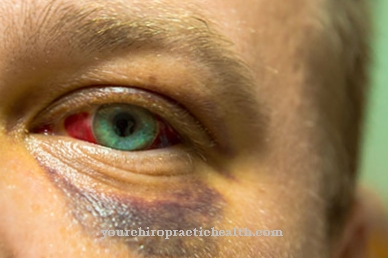
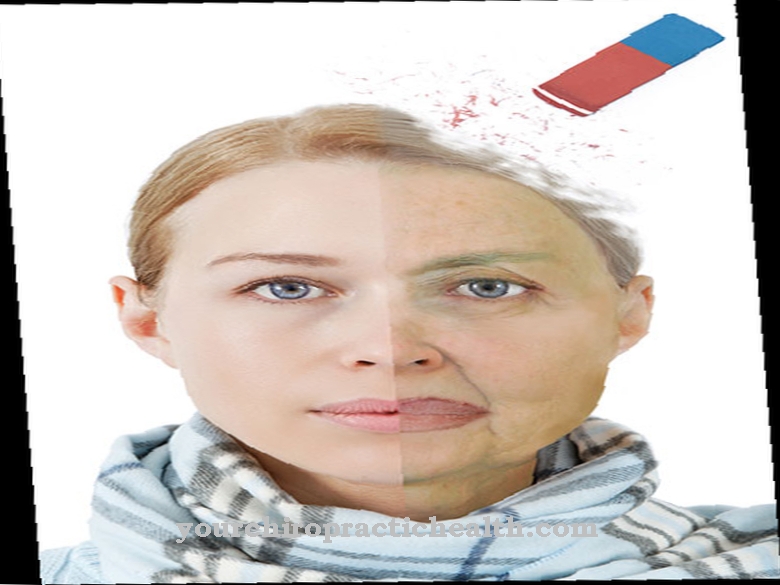
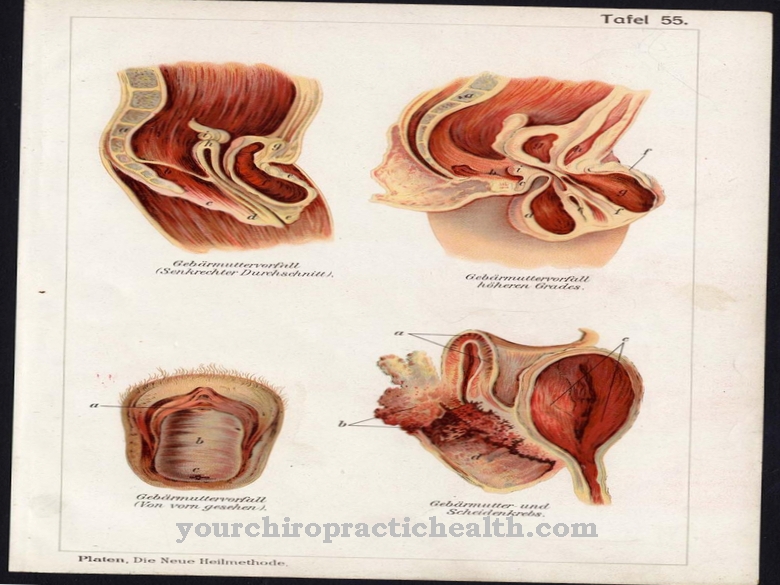
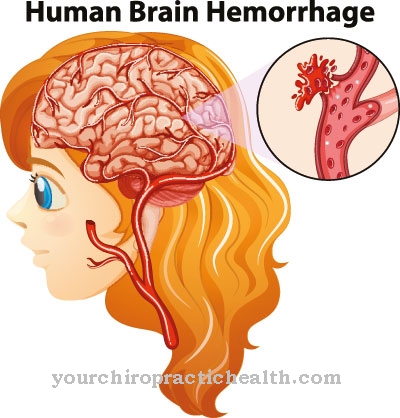
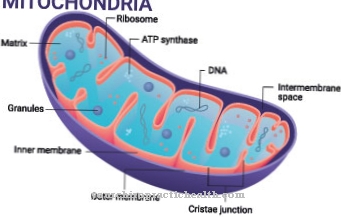
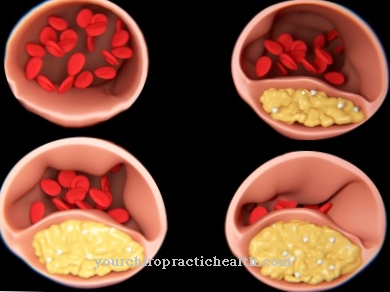






.jpg)

.jpg)
.jpg)











.jpg)